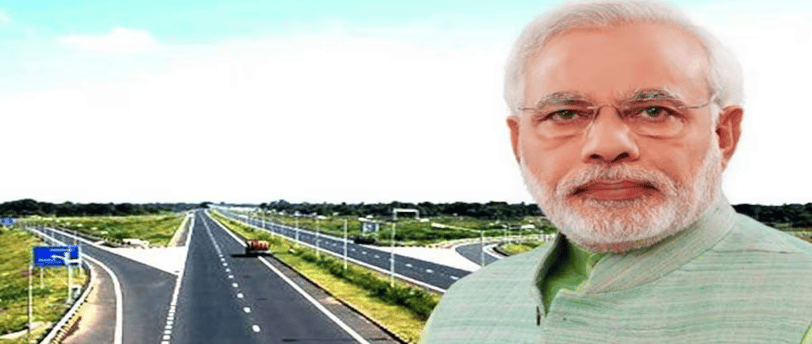Enhancing Rural Connectivity / Rural Road Construction Under PM Modi / PM Modi Vs Congress Who Made More Roads?
GOVERNANCE
2/15/2024


Accessible roads and connectivity remain a basic human requirement, particularly for the impoverished, and are crucial in reducing poverty. It is well known that pre-2014, our villages, characterised by rugged terrain and weak transport networks, reflected suboptimal socioeconomic indicators. These regions lacked even fundamental development benefits that only a few states enjoyed. Most villages at that point of time were in an improvised state awaiting grant of access to markets, schools, medical facilities, and other social and commercial services. Access to economic possibilities in rural regions to reduce poverty and enhance livelihoods remained a rarity. Gender parity and social inclusion seemed alien concepts, restricted only to consultative paperwork signed by Ministry experts.
The Indian government, led by Prime Minister Narendra Modi, inherited an ambitious task to provide all-weather road connectivity to link disconnected habitations in rural areas across more than half of the 6 lakh villages. Merely 55% of the villages were connected through road in 2014.
In 2014, Prime Minister Narendra Modi's vision of "Putting Citizens First: Proactive Governance" was put in place so that the nation experiences development at an unprecedented pace.
PM Modi's push for world-class infrastructure to connect all parts of India, physical or digital, is well known. He has umpteen times in his address to the nation conveyed that the story of India being a developing country is a thing of the past. The rural road infrastructure development that took place after 2014 has helped increase the efficiency of transportation. The reduction in travel time has helped both the commoners and industries.
The Government of India launched the Pradhan Mantri Gram Sadak Yojana (PMGSY) to provide connectivity to unconnected habitations as a component of an approach to combat poverty. To guarantee sustainable management of the rural road network, the Modi government worked to fulfil connectivity targets while attuning to high and consistent technical management standards.
PMGSY has become essential since it guarantees rural residents access to better healthcare, transportation, and educational opportunities, improving their quality of life. By 2023, 99% of villages are connected by roads. While in 2013-14, the pace of road construction was 11.6 km/day, in 2022-23, it was 28.3 km/day. A total of 7,42,398 km of road were built at 91 km/day as of July 2023, as opposed to 3,81,393 km at 80 km/day as of March 2014. As part of the plan, rural roads with a maximum width of 5.5 meters are now being built to accommodate the increased traffic density and transit needs of rural growth hubs.
A significant milestone related to the road construction target for PMGSY during the first quarter (April-June) of the fiscal year of 2023 was surpassed for the first time. In this period, a total of 6,403 km of rural roads were constructed, exceeding the 6,000-kilometer target by 106 per cent. This accomplishment is noteworthy as it aligns with the government's efforts to increase capital expenditure and stimulate economic growth. It signifies a positive step towards rural development, economic growth, and the improved well-being of rural populations in India. It showcases the potential for well-executed infrastructure projects to bring about positive change in the country. Naturally, enhanced road connectivity improves agricultural supply chains, enabling farmers to get their produce to markets more efficiently. This leads to reduced post-harvest losses and increased income for farmers. Exceeding road construction targets has improved access to rural areas' essential services, markets, and education. No wonder, due to the above and similar other positive multiplier effects, Niti Ayog confirms that 25 crore people have been pulled out from multidimensional poverty in the last decade.
Projects worth millions stuck in various states swiftly neared completion, one after another, after using Pragati, i.e., the Pro-Active Governance and Timely Implementation (PRAGATI) platform. Infrastructure has been built at a speed and scale never seen before. A permanent transformation deepened within the system, showcasing evident outcomes across infrastructure sectors, especially for the road sector.
Bharat, under the leadership and vision of Prime Minister Narendra Modi, is celebrating the national triumph of proactive governance at present. The entire national leadership have lived up to every word of their mentors, Swami Vivekananda, Sardar Patel and Dr B.R Ambedkar, who strived to spread the message that society progresses whenever privileges are broken and equality is ensured. Bharat has inclusively progressed. It has risen, growing leaps and bounds and delighting us all with its quantum leaps.


